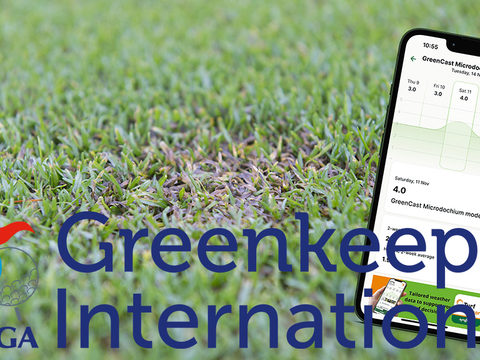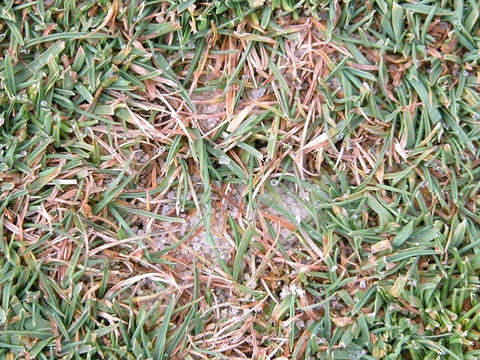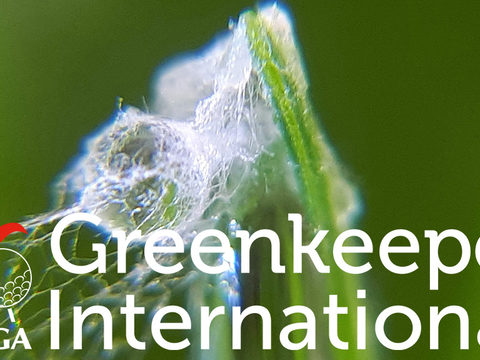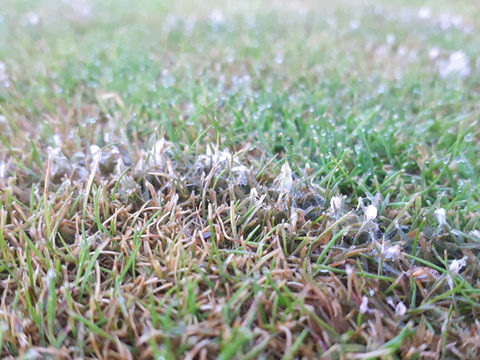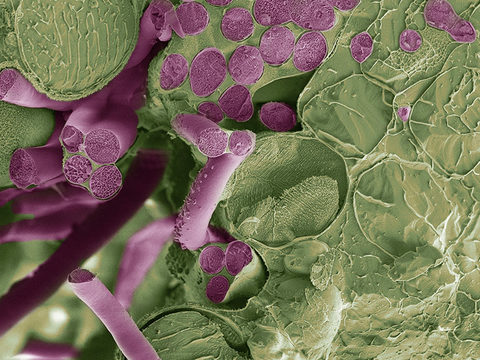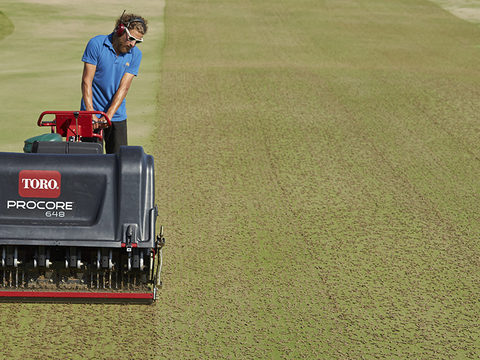Away with the fairy rings
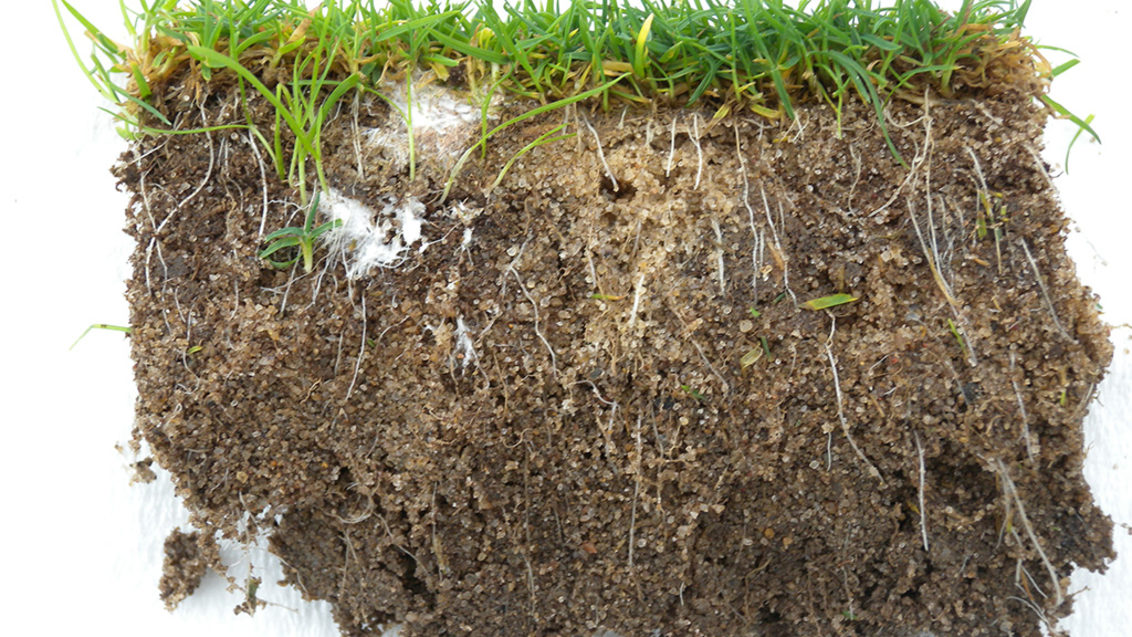
Control of fairy ring demands a whole change in mindset to tackling almost any other disease in turf.
The reason being that, unlike microdochium patch or anthracnose, for example, we are not actually targeting a disease in or on the turf plant, but a completely separate free-living fungal pathogen.
However, its existence, altering the soil profile, can have a severe impact on surrounding turf plants and the playing surface, writes Syngenta Technical Mananger, Sean Loakes.

That means we have to think about targeting the pathogen in a different way with our integrated approach and fungicide strategy.
Fairy ring has been divided into three types – I, II and III. But that is really just a label to describe the symptoms or effect that the pathogen is having – there are in fact in excess of 60 different fungi that can be contributing to the issue.
Type I is by far the most serious for turf quality, since it can result in dead patches of turf, which can extend to significant areas. However, it is not the fungi itself that is killing the turf, but the fact it results in severe dry patch where turf cannot survive.
Control measures are a combination of fungicides to stop the pathogen developing, along with soil management to alleviate the dry patch and agronomic options to encourage turf growth that will minimise its impacts.
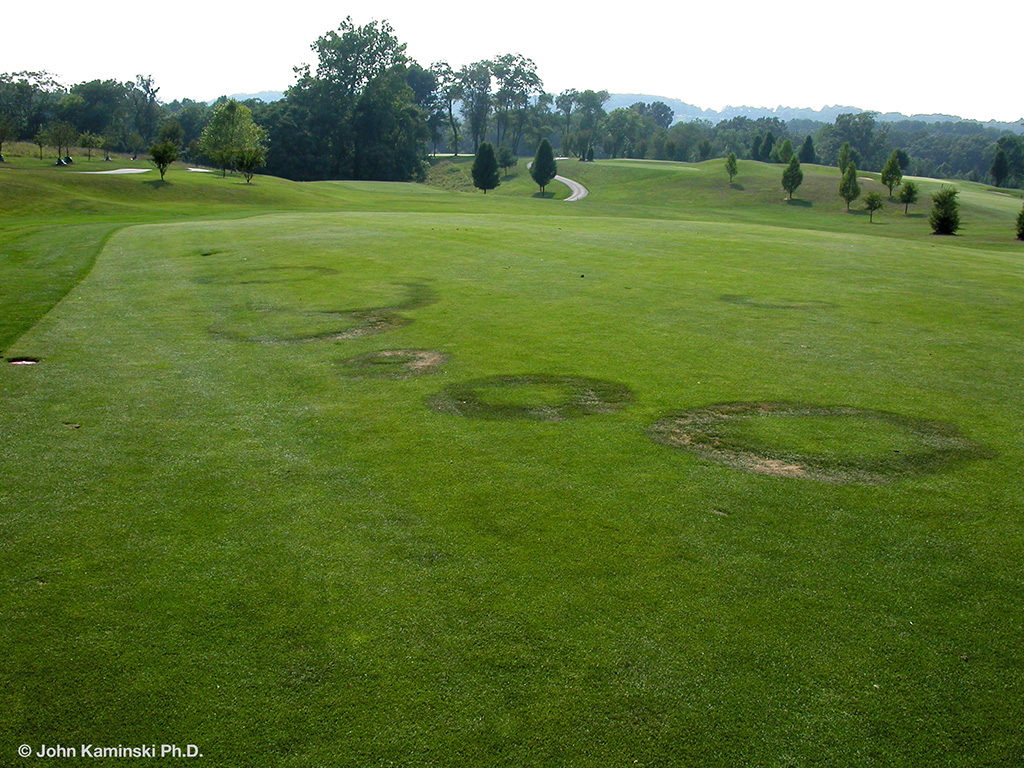
Type II fairy ring can also be highly problematic where the fungi breaks down organic matter to release nutrients that feed turf growth – which results in characteristic dark green patches or shapes. That can be both an aesthetic issue and adversely affect playing surface performance as a result of inconsistent growth.
Finally, the Type III category describes the pathogens which are expressed as mushrooms or toadstools on the surface. In most instances that can be dealt with by regular mowing, but you have to be aware that some of the pathogens may be poisonous and potentially dangerous.
Acknowledging we are tackling a soil-borne pathogen is fundamental formulating a long-term control strategy.
Research has shown best practice is to apply a fungicide when the soil temperature is consistently in the range of 12 to 15⁰C. Typically in the south of England that might be in mid to late May, but analysis of GreenCast historic weather records show that in the north east of England it might not occur until early July, for example. This year has also highlighted the seasonal variability and need to be flexible on application timing.
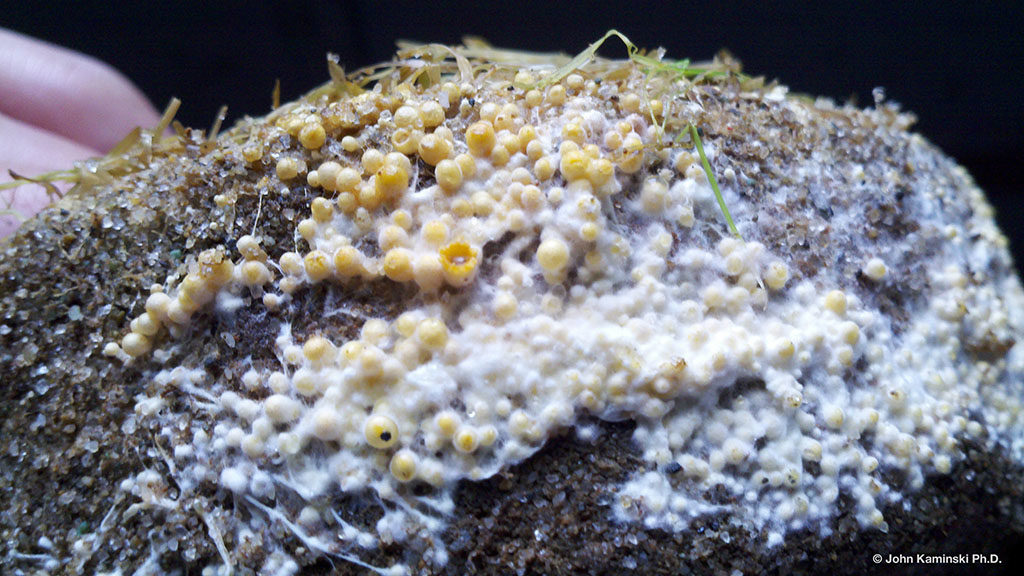
In the UK, Heritage or Heritage Maxx are the only fungicides approved for targeting fairy ring, along with the soil-borne pathogen, take-all. To optimise results it is crucial to get the active into the right zone to reach the disease, where application technique plays a major role.
Knowing where the fairy ring pathogen is active in the soil will help to adopt the most appropriate strategy. Some fungi may be active at the surface, often just under the organic matter layer; others may be at five to 10 cm or deeper in the soil profile. That can be hard to identify. However, taking a soil core and placing it in a plastic bag in warm moist conditions can encourage mycelial growth that will indicate the area of fungal activity.
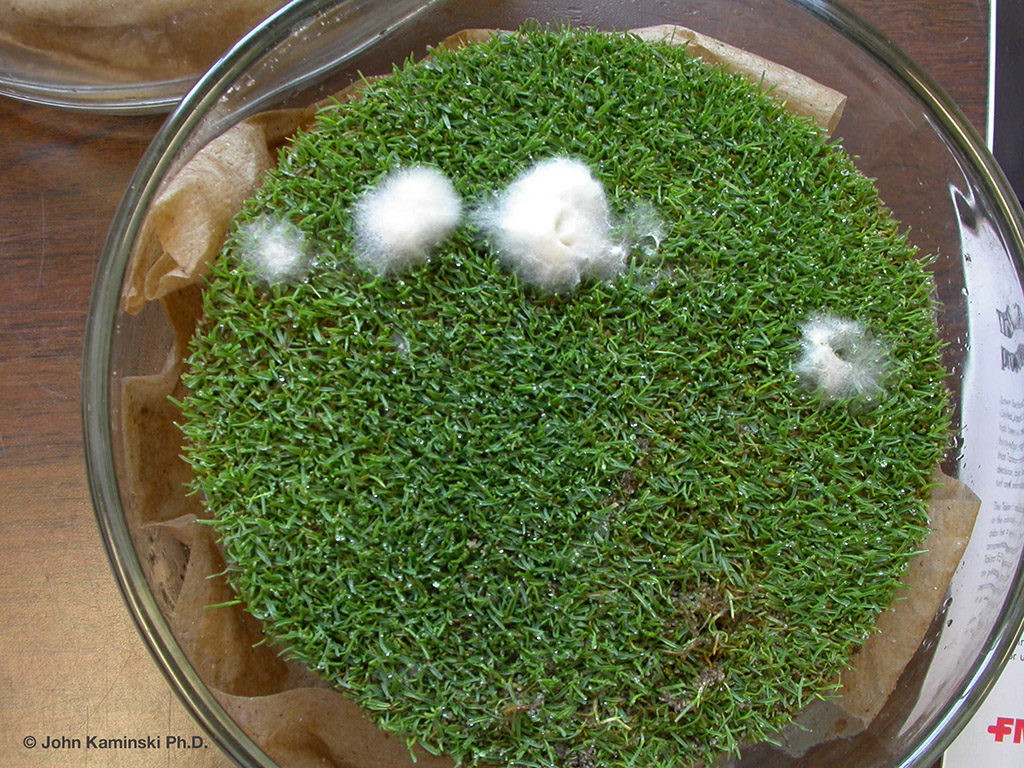
For more product to reach the soil, using the large 08 orifice white XC Nozzle produces larger droplets, which are poorly retained on the leaf surface. Using a water volume of 600 to 800 l/ha effectively floods product off the leaf and down to the soil. Furthermore, if the target zone is deeper, some irrigation, or rainfall, as soon as possible after application minimises the amount of product that sticks on the leaf.
Syngenta trials have shown that there is limited benefit in aeration or sarel roll before application – depending on where the target zone for the fairy ring is active.
It could result in product moving down through the soil too quickly and too deeply to target the pathogen.
However, research would indicate that application in conjunction with a wetting agent could help to get product into deeper target zones and, in the case of penetrant/polymer combination of Qualibra, hold the treatment where it is wanted.
That is particularly important where dry patch is associated with Type I fairy ring, since the hydrophobic conditions it creates could physically repel the spray treatment and have less effect.
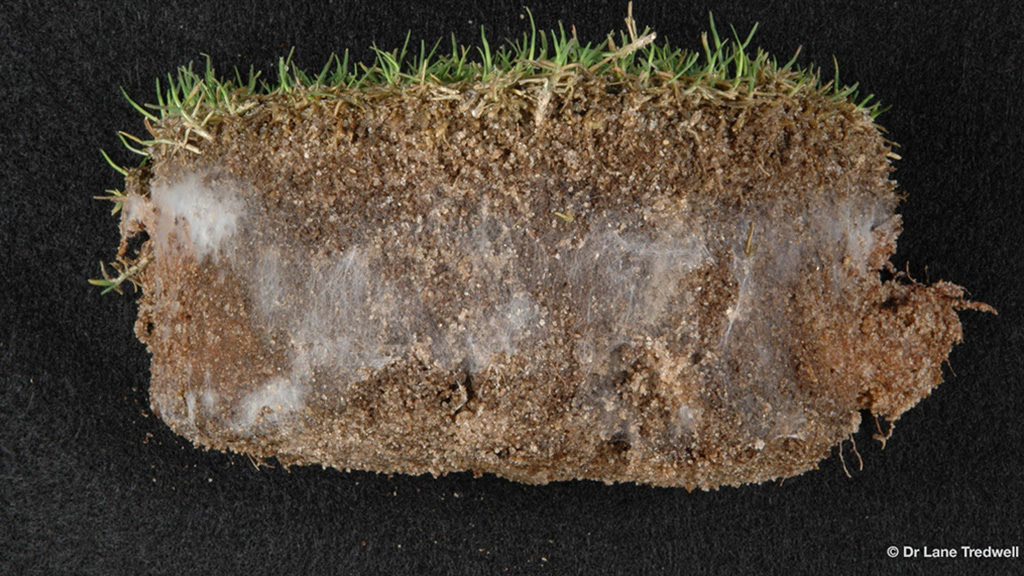
Managing the hydrophobic conditions created by fairy ring development is essential to protect the existing turf health and maximising the putting surfaces during this period. With all soil management for dry patch, it is far more effective to prevent the issue arising, compared to trying to correct hydrophobicity after it has occurred.
Soil moisture management and wetting agent programme can be hugely influential in reducing the incidence and impact of Type I fairy ring effects.
If dry patch is an identified issue, soil moisture probes can be invaluable in mapping the extent of the patches and undertaking intensive remedial action.
Furthermore, any agronomic measures that can enhance turf rooting and heath, as well as alleviate turf stress, such as Primo Maxx II, Hicure biostimulant and nutrition, could help plants to better cope with the adverse soil conditions created by the fairy ring incidence.
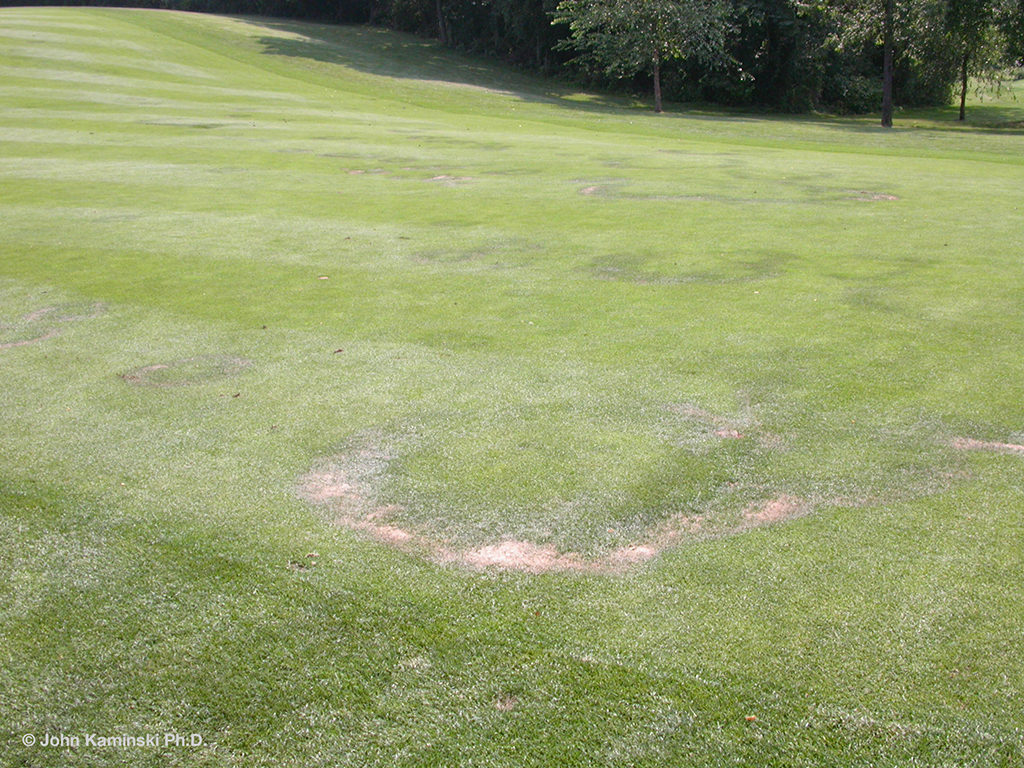
For Type II fairy ring in particular nutrition and fertiliser can also be used to help mask the effects, particularly if aesthetic effects are the primary concern for turf quality. The use of Ryder pigment can provide an even turf colour, where the visible fairy ring effects are supressed.
In many instances the occurrence of fairy ring is sporadic or of varying severity year on year. Its presence can be an indicator of management being out of balance – made more difficult by the changing climatic situation. The agronomic programme can add resilience to the conditions, whilst the preventative fungicide programme will reduce the risk of the pathogen flaring up.




